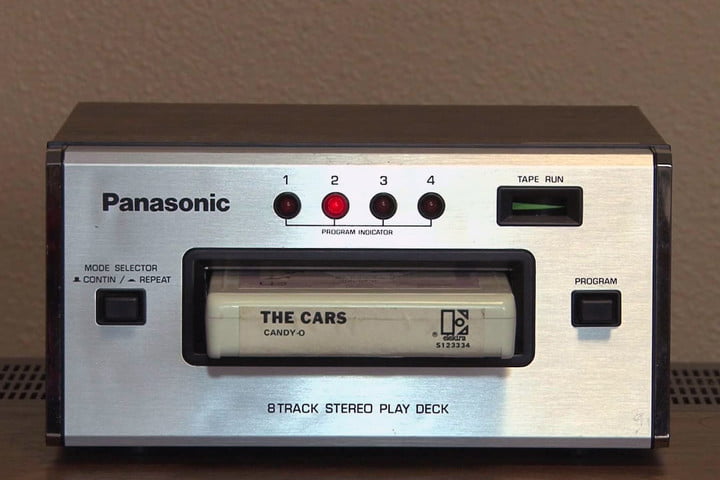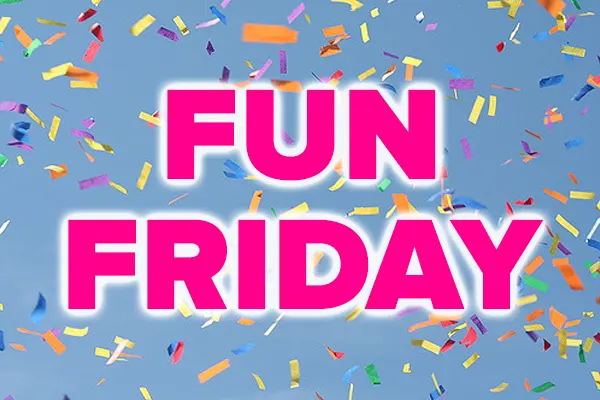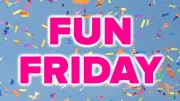Remember these?

Maybe you don’t. Even in the 1970s, a home 8-track player was pretty rare. Most people had one in their cars, if they had one at all, and the 8-track format really only lasted about a decade before cassettes took over. Even rarer were 8-track recorders and the blank tapes that came with them.
For some of us, the 8-track era looms large, but if you think about it the whole period lasted about a decade. 8-track tapes weren’t a terribly good way to listen to music. The sound quality wasn’t very good and the format meant that sometimes songs would just stop in the middle as the tracks changed.
Take a look backwards
On the other hand, if that image makes you feel nostalgic for burnt-orange shag carpet and polyester shirts, you might want to take a scroll through DigitalTrends’ History of Home Audio. Starting with the hand-cranked phonograph and going all the way to Google Home, it’s a pretty comprehensive visual and written dictionary of home audio. It’s from about six years ago, but has anything really happened with hardware since? I want to say it hasn’t. Seems to me the big changes have been in which streaming services we use, and the quality level those services can offer.
Sure, they miss a few of the more oddball ’80s and ’90s formats (DAT? DCC? SACD?) and they ignore early streaming pioneers like Rhapsody, but no matter what it’s a comfort-food-style trip down memory lane for the kind of people who read this blog. Whether your first experience with home audio was a CD player or a wall of LPs, you’ll enjoy wasting a few minutes looking.
I know I did, and I’m a little ashamed to say I miss some of that old gear. Don’t you?
My personal past favorite format
Thinking back, I have to probably say the CD is the format I miss the most. I get it — CDs in the 1980s didn’t sound as good as vinyl. Some people will tell you they still don’t. But the coming of the CD was a big thing for me. CDs combined the small form factor of cassettes with a higher quality level. Even better, you could fit 74 minutes of music on one disc without flipping it or anything like that. When recordable CDs came out, I jumped on that bandwagon big time. I was never much of a “mixtape” guy. It took a lot of patience and one mistake could torpedo the whole thing.
Early CD recording was a bit fraught, too. The first time I recorded an audio CD you had to put the source CDs in order, put them in the computer one at a time, and then the tracks would be written. 650MB doesn’t sound like a lot of space now, but in the early 2000s, many computers could barely hold one CD full of music on their hard drives.
I won’t say I was sad to move away from CDs at the time, but I’ll admit that the rhythmic hiss of the CD loading has a lot of nostalgia for me. For me, it’s on par with the “needle drop” sound of old vinyl. As a sound, it signified something good to come.
A 20th century thing
I’m not sure that future generations will look back as fondly on their old hardware as we did. Today, we’ve largely freed ourselves from reliance on physical media, so it begs the question of what, exactly, future generations would miss. I guess we’ll all find out together.





